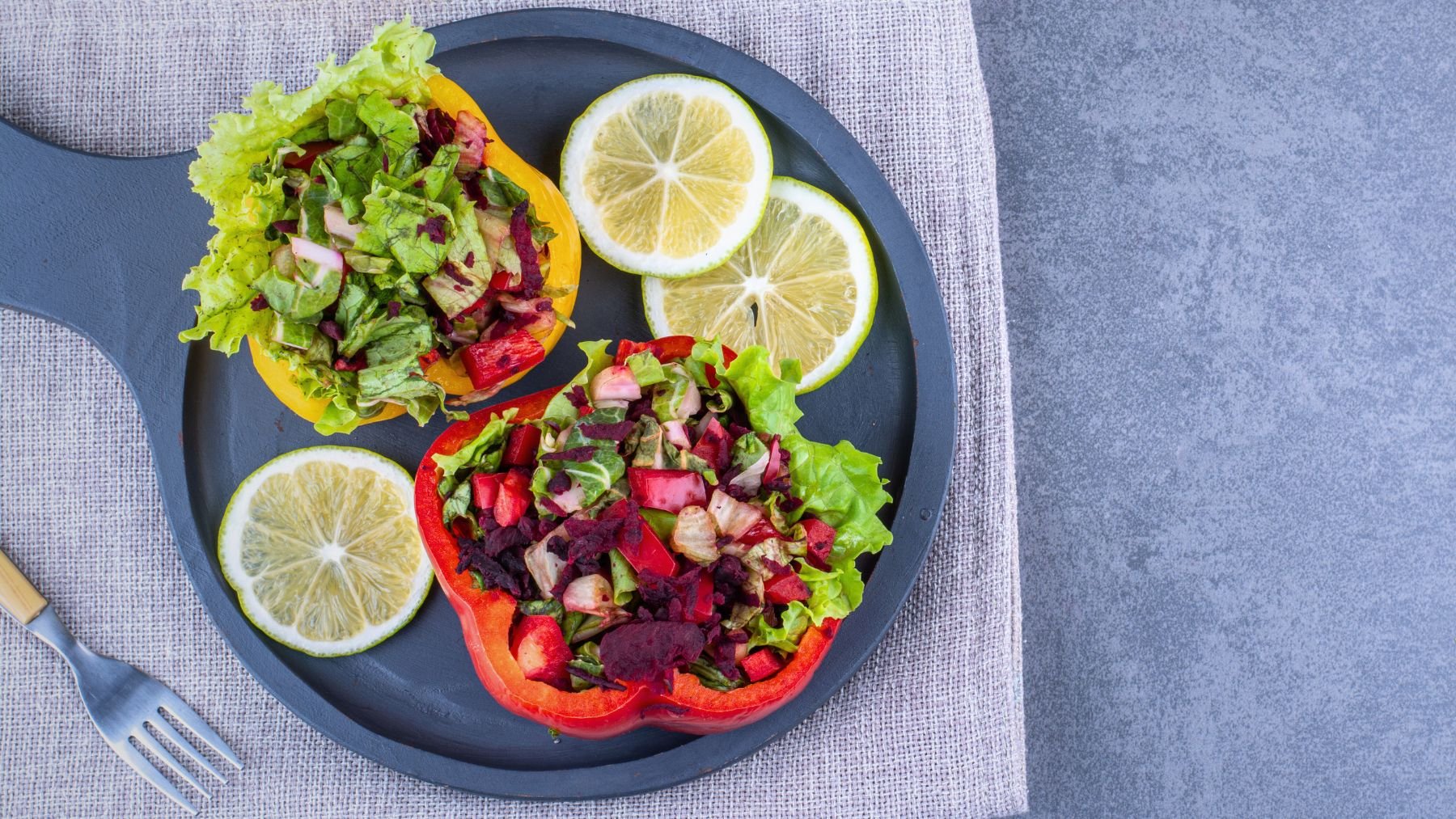Spinach is often a favorite source of iron in plant-based diets. However, it contains natural compounds such as oxalates that hinder the absorption of its iron. In contrast, chickpeas serve as a vital source of bioavailable iron while also delivering essential nutrients such as protein, fiber, folate, and magnesium.
Here, we’ll explore why chickpeas provide a more effective means of obtaining this vital mineral compared to spinach. We’ll discuss their impressive iron content, additional benefits for digestion and cardiovascular health, and practical ideas for incorporating them into your daily meals.
Chickpeas: the top iron-packed food for your meals
Iron is an indispensable nutrient that transports oxygen throughout the bloodstream, sustains energy levels, and fortifies immune function. An iron deficiency may lead to fatigue, weakness, and an increased vulnerability to infections. Due to its high content of absorption-inhibiting compounds, spinach provides limited bioavailable iron, whereas chickpeas offer a more efficient source of dietary iron.
One cup of cooked chickpeas provides approximately 6.6 milligrams of iron, which can exceed one third of the recommended daily intake for many adults. They are also loaded with protein and fiber that promote satiety and support gut health, another critical component of a robust immune system.
Easy ways to eat more chickpeas every day
These adaptable legumes integrate into a wide array of dishes spanning diverse culinary traditions. Here are some ideas:
- Blend into hummus: The classic recipe invites you to combine chickpeas with tahini (sesame paste), lemon juice, garlic, and olive oil to create a delectable, iron-dense dip or sandwich spread. In addition, tahini contributes healthy fats and calcium.
- Roast for snacking: Toss rinsed and dried canned chickpeas in olive oil and your preferred blend of spices such as smoked paprika, cumin, or garlic powder. Roast them at 400°F (200°C) for 20-30 minutes until crisp, offering a crunchy snack that pairs well with fresh vegetables or dips.
- Add to salads: Incorporate whole or gently mashed chickpeas into any green salad, grain bowl, or pasta salad. Their nutty flavor complements leafy greens like arugula, kale, and spinach while harmonizing with crunchy vegetables and whole grains.
- Stir into soups and stews: Thanks to their sturdy composition, chickpeas maintain their shape during cooking. Add them to minestrone, vegetable soups, curries, or chili during the final 10-15 minutes of simmering.
- Mash for sandwiches and wraps: Gently mash chickpeas with a handful of mayo, mustard, diced celery, onion, and fresh herbs to add to sandwiches or wraps. A splash of lemon juice or a sprinkle of cumin can enhance its taste.
- Use in baking: Chickpea flour, also known as besan, is an excellent gluten-free alternative that can be used in pancakes, flatbreads, or even as an egg substitute in various recipes. The liquid from canned chickpeas, known as aquafaba, whips up into a light, airy consistency similar to egg whites, making it ideal for meringues, mousses, and other desserts.
By venturing beyond the traditional hummus and exploring diverse preparations, you not only enrich your diet with iron but also embrace a broader spectrum of nutrients available in legumes, whole grains, nuts, and seeds.

